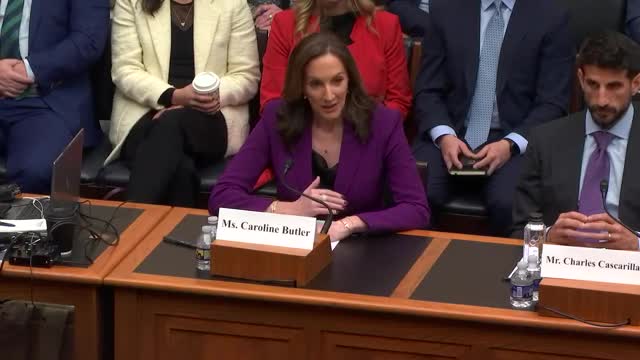
This article was created by AI using a video recording of the meeting. It summarizes the key points discussed, but for full details and context, please refer to the video of the full meeting. Link to Full Meeting
Caroline Butler, the global head of digital assets at BNY Mellon, emphasized the bank's long-standing commitment to asset safety and protection, regardless of the technology used. With over 20 years of experience in global banking, Butler underscored the importance of applying regulated banking principles to blockchain solutions. This approach aims to ensure that as financial technologies evolve, the core tenets of safety and security remain intact.

Before you scroll further...
Get access to the words and decisions of your elected officials for free!
Subscribe for FreeBNY Mellon, founded in 1784 by Alexander Hamilton, has a rich history of financial innovation. The institution has been pivotal in shaping the U.S. economy, being the first to provide a loan to the U.S. government after the Revolutionary War and one of the first to list on the New York Stock Exchange. Today, as the world's largest custodian, BNY Mellon manages over $52 trillion in assets and processes approximately $2.4 trillion in payments daily across various payment systems.
The discussions at the committee meeting reflect a growing recognition of the need for a cohesive regulatory framework that can adapt to the rapid advancements in digital payment technologies. As the financial landscape continues to evolve, the insights shared by industry leaders like Butler will be crucial in guiding policymakers toward effective solutions that balance innovation with consumer protection.
As the committee moves forward, the implications of these discussions will likely shape the future of digital payments in the U.S., ensuring that the financial system remains robust and secure in the face of technological change.
Converted from Navigating the Digital Payments Ecosystem: Examining a Federal Framework for... (EventID=117994) meeting on March 11, 2025
Link to Full Meeting
Comments
View full meeting
This article is based on a recent meeting—watch the full video and explore the complete transcript for deeper insights into the discussion.
View full meeting



